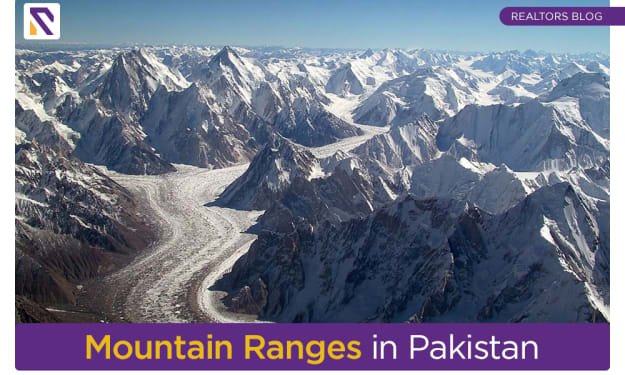Rivers in Pakistan
List of rivers in pakistan

Rivers have played a vital role in shaping the landscape and sustaining life on Earth since time immemorial. In Pakistan, the abundance of rivers has not only defined the geography but has also been the lifeline of its people and a source of immense cultural and economic significance. From providing water for irrigation and agriculture to serving as a source of energy and fostering biodiversity, the rivers in Pakistan have been the lifeblood of the nation. In this article, we will explore the major rivers that flow through Pakistan and their significance.
Indus River:
The Indus River, often referred to as the lifeline of Pakistan, is the country's longest river. Originating in the Tibetan Plateau, it flows through the northern regions of Pakistan, traversing through Gilgit-Baltistan and Khyber Pakhtunkhwa provinces. It then enters the plains of Punjab, continuing its journey southward, ultimately draining into the Arabian Sea near Karachi. The Indus River has been the cradle of one of the world's oldest civilizations, the Indus Valley Civilization, and has played a crucial role in shaping the region's history and development.
Jhelum River:
The Jhelum River is one of the five major rivers of Punjab province in Pakistan. It originates from the Himalayas and flows through Jammu and Kashmir before entering Pakistan. The river is an essential water source for irrigation in Punjab, supporting the agricultural backbone of the region. Additionally, the Jhelum River has considerable hydropower potential, contributing to the country's energy needs.
Chenab River:
The Chenab River is the largest tributary of the Indus River and is formed by the confluence of the Chandra and Bhaga rivers in Indian-administered Jammu and Kashmir. It enters Pakistan and flows through Punjab, serving as another significant source of irrigation and power generation. The Chenab River has been harnessed for various hydroelectric projects, aiding in meeting the country's growing energy demands.
Ravi River:
Originating in the Himalayas of Indian-administered Jammu and Kashmir, the Ravi River flows through Punjab before entering Pakistan. Historically, the river played a pivotal role in sustaining the ancient Indus Valley Civilization. However, due to increasing demands for water and rapid urbanization, the Ravi's flow has reduced over the years, posing challenges for water availability in the region.
Sutlej River:
The Sutlej River, another major tributary of the Indus, originates in Tibet and flows through the northern Indian states of Himachal Pradesh and Punjab before entering Pakistan. It plays a crucial role in the irrigation of southern Punjab and Sindh provinces, supporting agriculture in these regions.
Frequently Asked Questions (FAQs) about Rivers in Pakistan
What are the major rivers in Pakistan?
The major rivers in Pakistan are the Indus River, Jhelum River, Chenab River, Ravi River, and Sutlej River.
What is the significance of the Indus River in Pakistan?
The Indus River is of immense significance in Pakistan as it is the country's longest river and has been the cradle of the ancient Indus Valley Civilization. It serves as a vital water source for irrigation, sustains agriculture, and contributes to hydropower generation.
How do rivers impact agriculture in Pakistan?
Rivers play a crucial role in agriculture by providing water for irrigation. The fertile plains surrounding the rivers are ideal for farming, supporting the growth of various crops and contributing significantly to Pakistan's agricultural sector.
What is the economic importance of rivers in Pakistan?
Rivers in Pakistan are economically vital, as they are harnessed for hydropower generation, contributing to the country's energy needs. Additionally, they support fishing industries, transportation, and provide water for industrial processes.
Conclusion:
The rivers of Pakistan are not merely bodies of water; they are the lifelines of the nation, shaping its history, culture, and economy. Their waters have sustained civilizations, facilitated agriculture, and powered industries. However, these rivers face various challenges such as water scarcity, pollution, and mismanagement. It is essential for the government and society to work together to protect and preserve these precious resources for future generations. By doing so, we can ensure that these rivers continue to be the backbone of Pakistan's prosperity and serve as a symbol of its rich heritage.





Comments
There are no comments for this story
Be the first to respond and start the conversation.